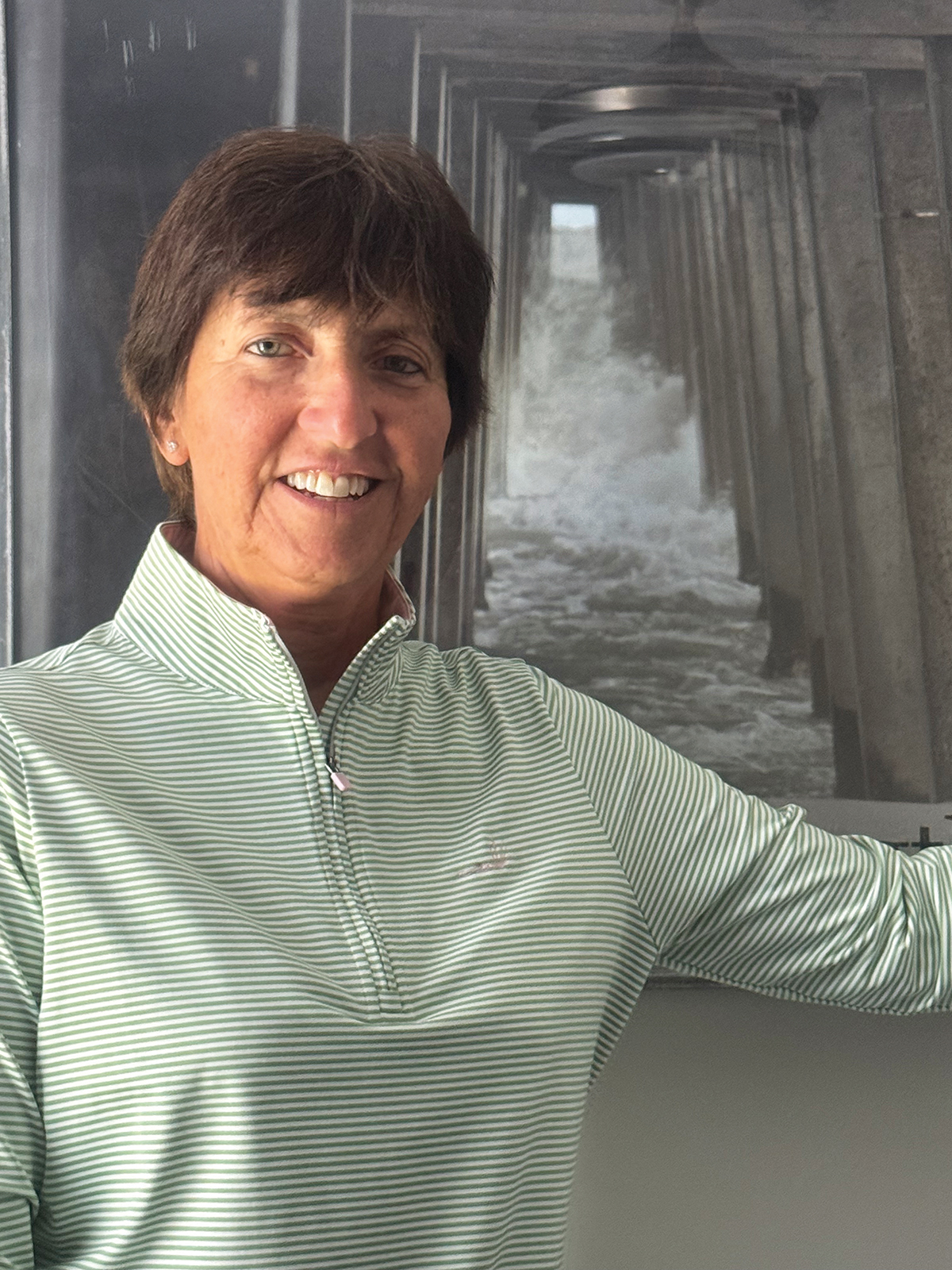The Importance of the Two-Headed Calf Muscle
- Paula Allia

- Oct 26
- 2 min read

Movement in the human body requires strength, coordination, and power to meet the demands required to perform purposeful activities. Muscles attach primarily to bone and other connective tissues in the body via tendons, and this is how the joint is guided to bend, extend, and rotate. One of the strongest muscles that produces needed power in the body is the gastrocnemius (gastroc) muscle in the calf.
The gastrocnemius muscle in the back of the calf splits into two heads at the top, one attaching to the inside of the femur (thigh bone) and another to the outer femur. Towards the bottom, this muscle joins into the Achilles tendon (with other muscles) and attaches to the posterior part of the heel. Knowing this, it is evident that this muscle can cause motion at both the ankle and the knee by pulling on the tendons when contracting. In addition, the calf muscles help return blood to the heart due to the strong contractions, thus helping to prevent swelling in the feet and ankles.
Rising on the toes as high as you can go is primarily the job of the gastroc. It pulls on the heel bone and thus can pull the heel into a stabilizing position. This muscle provides push off for walking, running, jumping, stair climbing, etc. At the knee, this muscle assists the hamstrings in bending. It can provide a stable base at the foot while also working at the knee. Thus, it is important to have a good, normal amount of flexibility to do its job. The gastroc tends to be shortened more often than it is lengthened. The foot in a relaxed state will drop. Wearing high heels shortens the tendons.
Exercising the gastrocnemius muscles is important, but proper stretching is also key. The initial stretch in the morning to rid the tightness overnight can be as simple as stretching the heel away from you and actively pulling the toes up while in a lying position. Do this back and forth slowly with the knee straight, then hold the heel away and toes up, allowing the stretch in the calf and bottom of the foot to be felt. Hold this for 30 seconds. Some people may even get cramping in the calf when doing this, so if you do, go slowly to start.
In standing, the common stretch is standing and leaning forward while the hands are touching the wall. The back leg has the foot flat on the ground and the knee straight, while the other foot is planted forward. Lean into the wall while keeping the back heel down until feeling the calf muscle.
There are variations to this
Same foot position, but curl the toes first onto the ground, then lean forward, or,
Turn the back leg in slightly, then lean forward into the wall.
Use your calves. Treat them right, as they do a lot of work for you daily!








Comments